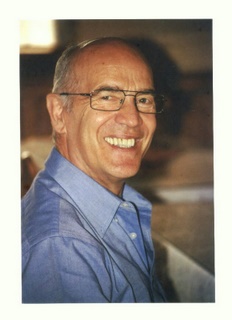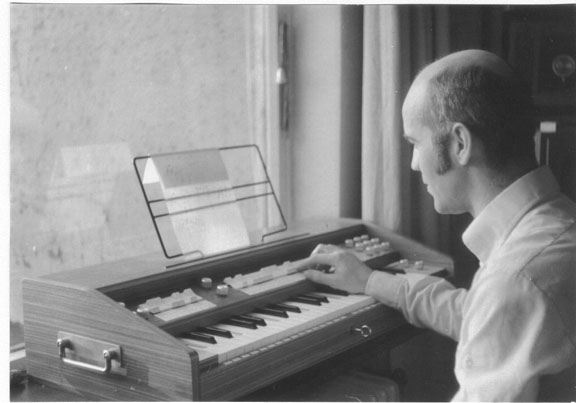
Researcher
Heinz Bohlen was born in 1935 at Krefeld in the Lower Rhine region of Germany. His father was a certified electrician, but forced by the depression in the late 1920s his parents ran a modest grocery business. Bohlen’s early school years were disrupted by WW II and its wake, leaving him with practically no musical education. In 1961 he graduated from the Technical University Aachen (RWTH) with the equivalent of a M.Sc. degree in electrical engineering. Until 2004 he worked for leading companies in the vacuum electron device business in Germany, the UK and the USA as a scientist and in engineering management. He is still internationally active as a consultant on high-frequency vacuum electronics. He is author and co-author of numerous publications, mainly on klystrons and inductive-output tubes, and he holds several patents in that area.

Music entered Bohlen’s life through the backdoor. In the early 1970s, when he was already married and a father of three, a friend who happened to be a graduate student at the Hochschule für Musik und Theater (HfMT) in Hamburg, introduced him to his composition teacher and other members of his class. The reason: they needed somebody able and willing to make free-of-charge recordings of their concerts. This task not only opened Bohlen’s ears for music. It also confronted him with a question that his musician friends were reluctant to answer: Why was all this music using a scale that contained 12 exponentially growing steps within the compass of an octave? In the attempt to solve this mystery he discovered in 1972 an alternative scale that filled the framework of the perfect twelfth with 13 steps. Fifteen years later, somebody named this scale Bohlen-Pierce.